
[caption id="BrownseaIslandandtheBirthofScouting_Feature" align="aligncenter" width="1024"]
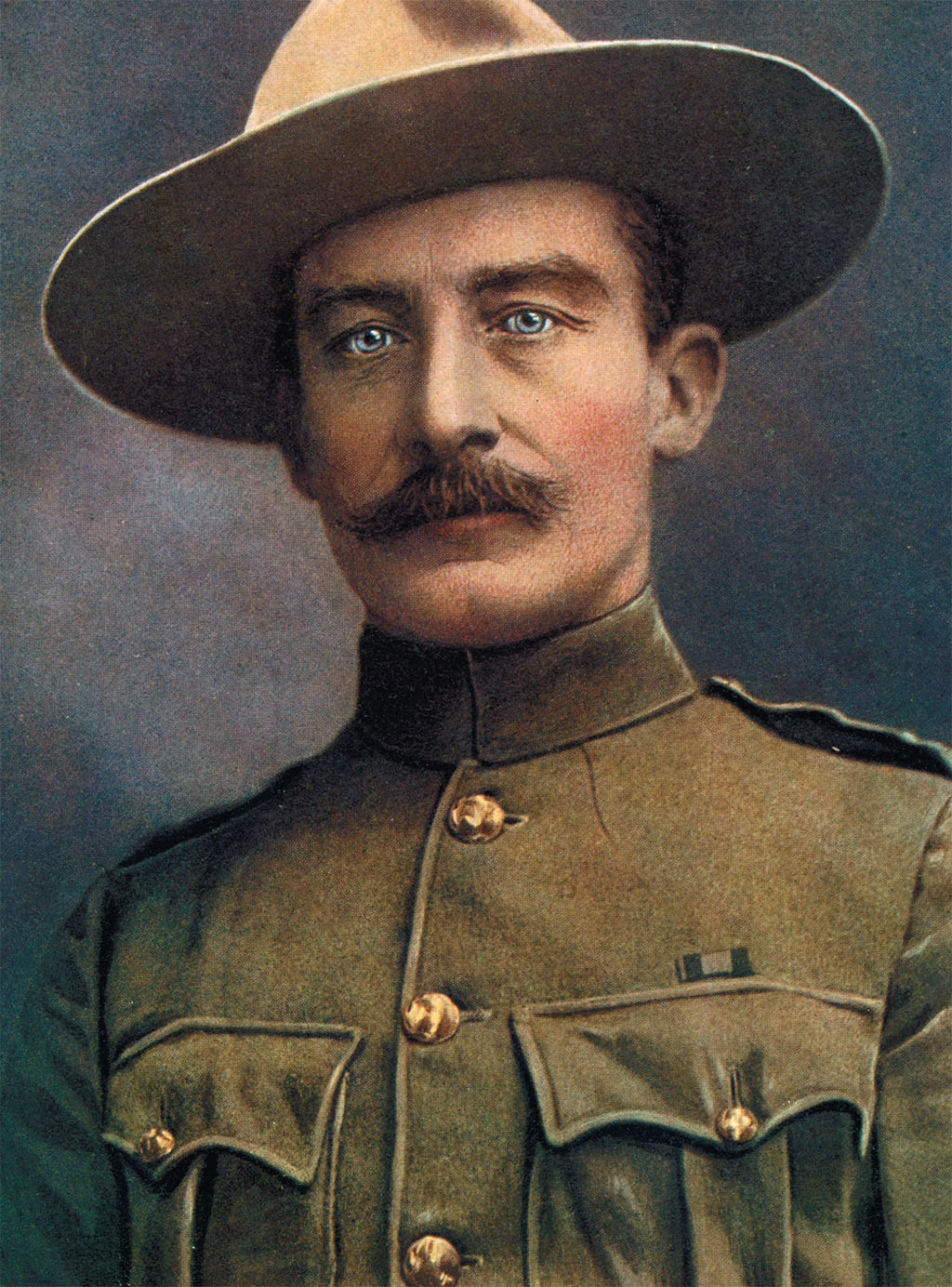
MARY EVANS PICTURE LIBRARY
‘Summer celebrations mark the centenary of the first Boy Scout camp, organized by General Robert Baden-Powell for 20 boys of mixed social backgrounds on Brownsea Island in Poole Harbour’
BROWNSEA ISLAND’S WESTERN beach might well be the oddest in England. It is as if a shingle beach has had each of its small, seawashed gray stones replaced with a broken bit of red terra cotta pipe, creating a pottery beach that extends 100 feet into the water and stretches out of sight in both directions. It is a wondrously outlandish sight, helped along by historic association. At this place, in 1907, the international Scouting movement began. This spot in the midst of busy Poole Harbour is the location of the first Boy Scout camp ever.
Poole Harbour takes the form of a large rectangle on England’s southern coast, about 100 miles southwest of London. The old port city of Poole occupies its northern shore, part of a larger conurbation that stretches north through Bournemouth and Christchurch. The harbor’s southern shore is almost uninhabited, and hosts a series of internationally important wildlife refuges. Inside the harbor are eight nearly uninhabited islands, of which Brownsea is the largest—roughly a mile and a half long, and a half-mile wide.
Brownsea sits athwart Poole’s main ship channel, and so served as a harbor defense during Tudor times; its 1545 blockhouse forms the center of its manor house, Brownsea Castle. It soon passed into private hands and was owned by a series of wealthy merchants and gentry. These owners not only transformed the blockhouse into a grand estate, they also created lavish private gardens and hundreds of acres of farmlands, giving Brownsea a permanent population in the process. In 1852 a new owner erected a huge pottery work at its western end, in the belief that Brownsea’s clays could be mined for fine china. They couldn’t; but the plant limped along for 35 years producing clay sewage pipes. It is the broken refuse from this plant that forms the shingle in front of the first Scout camp.
[caption id="BrownseaIslandandtheBirthofScouting_img1" align="aligncenter" width="509"]
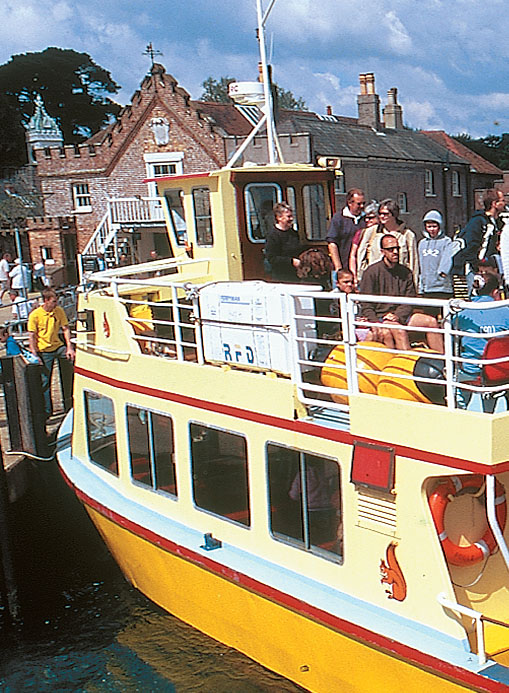
NATIONAL TRUST
In 1901 Brownsea came into the hands of the wealthy socialites Charles and Florence van Raalte. Under the van Raaltes, 200 islanders farmed and raised daffodils for the London fresh flower market, and furnished the large staff required by the van Raalte’s lavish lifestyle. Two islanders ran the van Raalte’s ferry, the Blunderbuss, along the half-mile passage between Brownsea Castle and Poole’s beach suburb of Sandbanks. One of its regular passengers was Guglielmo Marconi, who was staying in a hotel beside the Sandbanks Pier as he conducted his wireless experiments; Marconi taught the van Raalte children to communicate in Morse code by blinking their eyes. But Marconi wasn’t the only celebrity the van Raaltes had collected; Robert Baden-Powell was another of their friends.
‘This was the core of Baden-Powell’s Scouting method; not merely woodcraft and camping, but self-directed, independent action toward a common goal’
[caption id="BrownseaIslandandtheBirthofScouting_img2" align="aligncenter" width="789"]
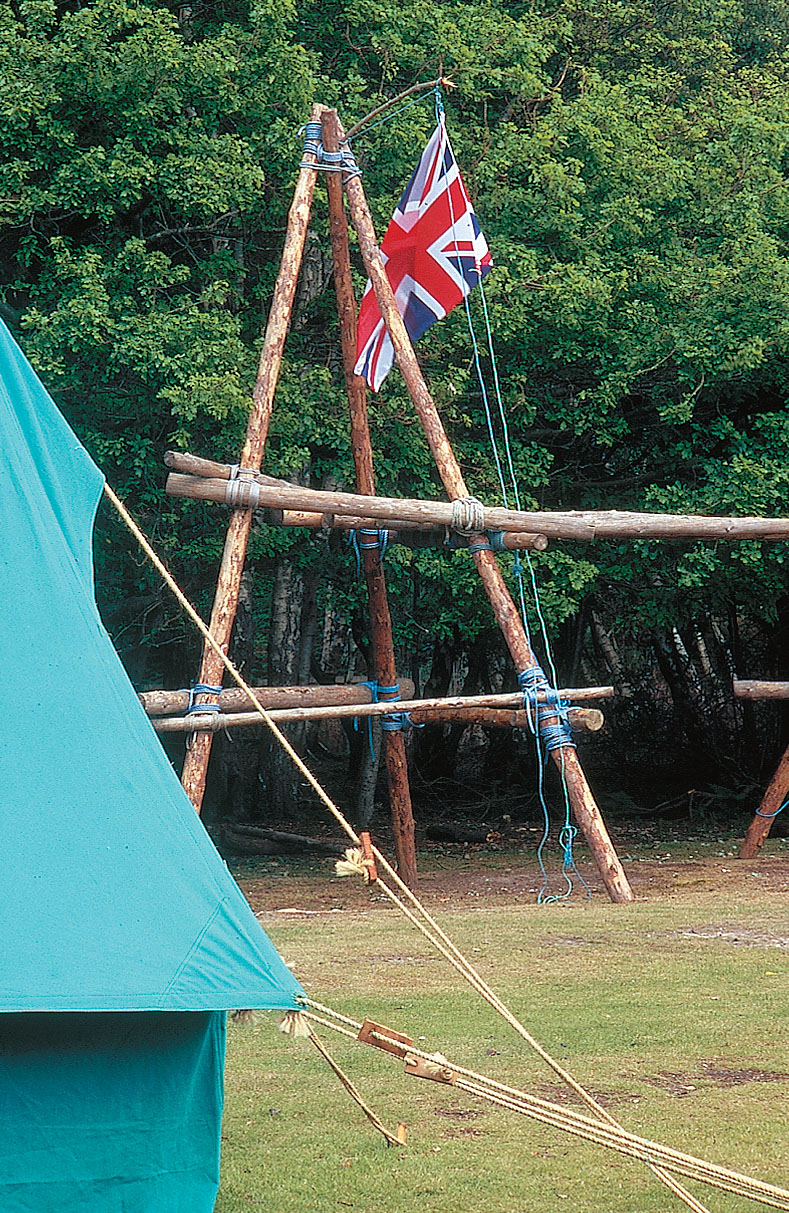
JIM HARGAN
[caption id="BrownseaIslandandtheBirthofScouting_img3" align="aligncenter" width="943"]
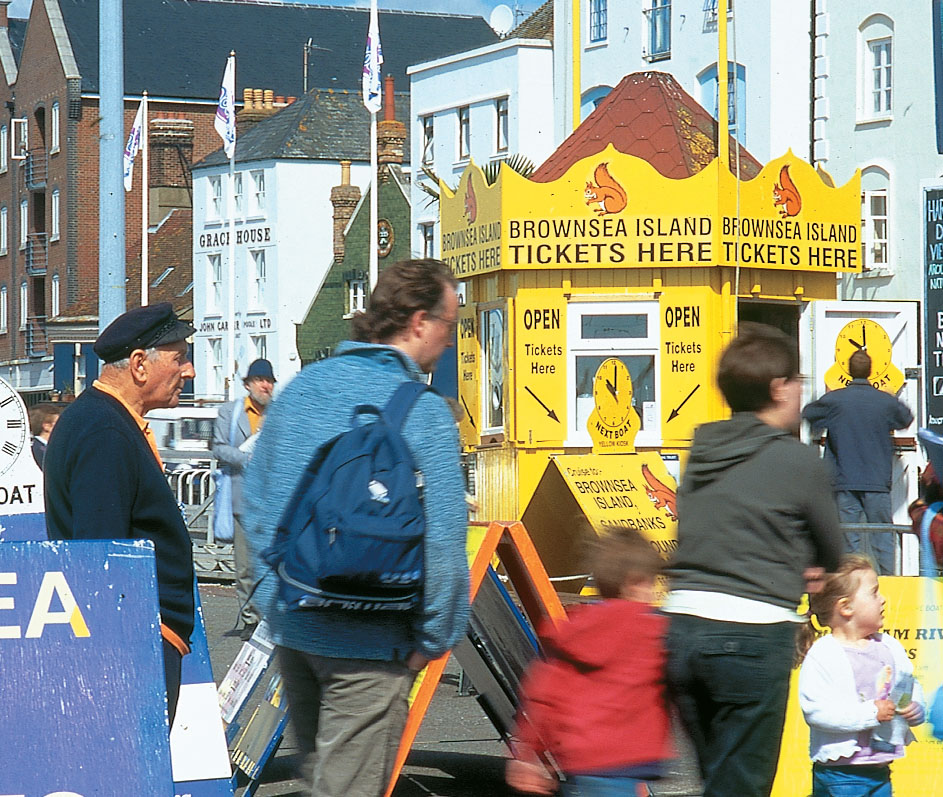
JIM HARGAN
[caption id="BrownseaIslandandtheBirthofScouting_img4" align="aligncenter" width="1024"]
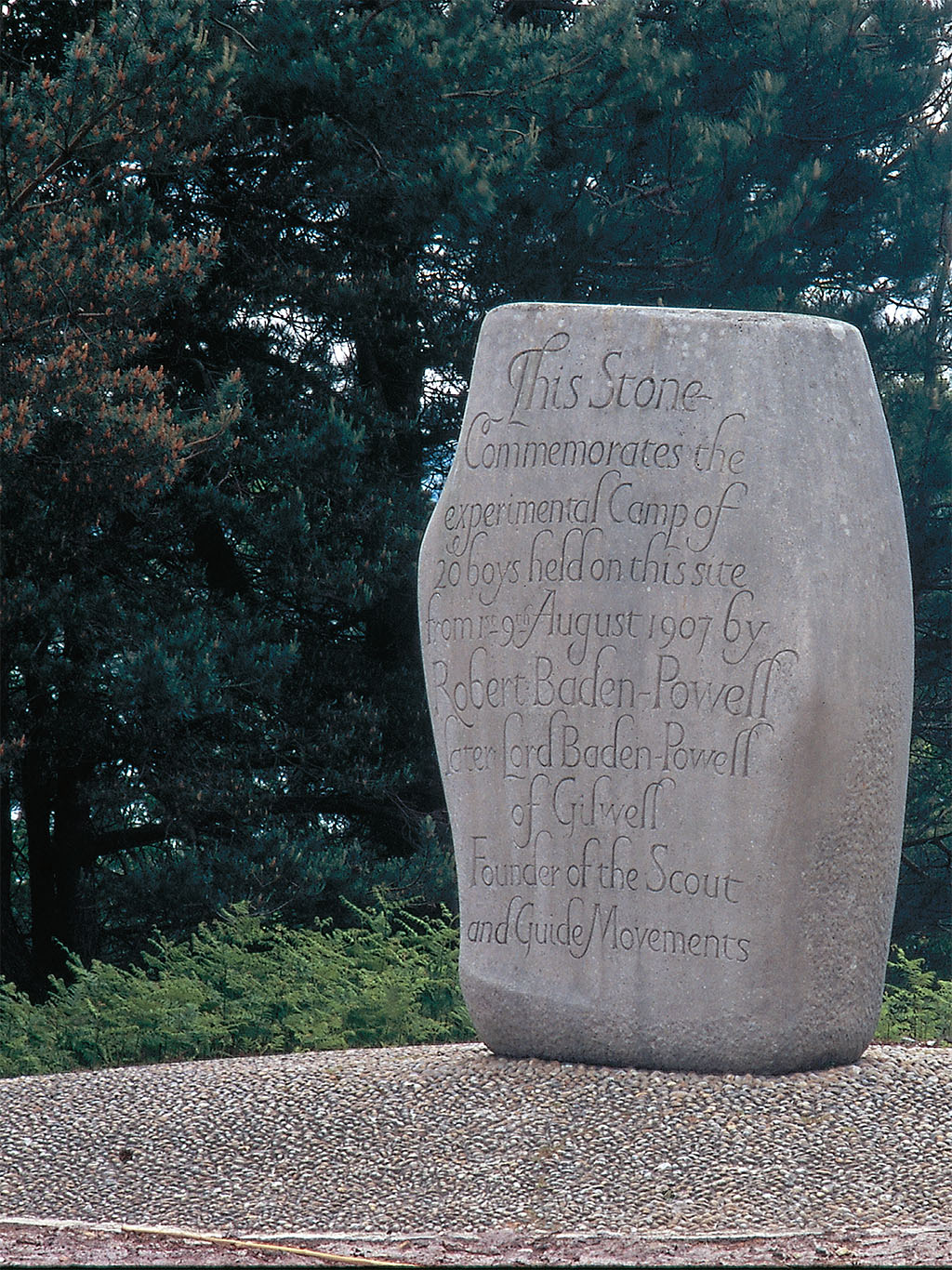
JIM HARGAN
Two years before the van Raaltes purchased Brownsea Island, Baden-Powell was an army colonel in charge of a small garrison at the South African town of Mafeking when he found his troops surrounded by an enemy Boer army that outnumbered his 8-to-1. An experienced intelligence officer, Baden-Powell had already written a military manual for reconnaissance troops operating independently behind enemy lines, his Aids to Scouting. He and his staff put these principles to use in organizing the underage British boys of Mafeking into the Mafeking Cadet Corps, assigned to duties (such as delivering messages and assisting in hospitals) that would free up fighting troops. Baden-Powell’s success in defending Mafeking (the siege lasted 217 days) marked the turning point of the Boer War, and made Baden-Powell a national hero.
Baden-Powell’s experiences with the Mafeking Cadet Corps left him convinced that his principles of Scouting had a strong positive impact on the boys, and this gave him an abiding interest in youth organizations. Back in England as a lieutenant general, he found that youth groups and schools were using his Aids to Scouting as a teaching resource. Baden-Powell began collaborating with other youth group organizers to develop a new approach to youth training, tentatively called Boy Patrols. In 1907 he was ready to put his ideas to the test.
Of course, the van Raaltes were enthusiastic about hosting Baden-Powell’s experimental camp on Brownsea Island. Baden-Powell chose an open site on the shore near the abandoned pottery; the hard, dry fields reminded him of the veldt. He recruited 10 working-class boys from Poole, and 10 boys from the exclusive private schools known as “public schools,” and mixed them together into four patrols—the organization used at Mafeking, and part of his military recon methods. The eight-day encampment would spend a day on each of the six principles of Scouting: campaigning (living in the outdoors), observation, woodcraft, chivalry, saving life and patriotism.
During this time, all activities from breakfast to campfires were wholly organized and directed by the patrols under their boy leaders and with nearly no adult help; at the end, the patrols put on a demonstration for their parents, the islanders and the van Raaltes. This was the core of Baden-Powell’s Scouting method; not merely woodcraft and camping, but self-directed, independent action toward a common goal. It was successful beyond Baden-Powell’s expectation.
[caption id="BrownseaIslandandtheBirthofScouting_img5" align="alignright" width="322"]
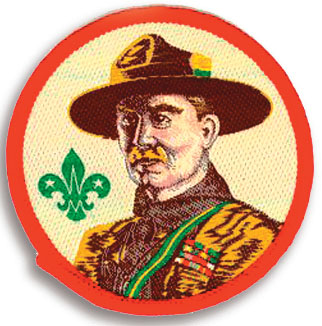
WEIDER HISTORY GROUP ARCHIVE
[caption id="BrownseaIslandandtheBirthofScouting_img6" align="aligncenter" width="504"]
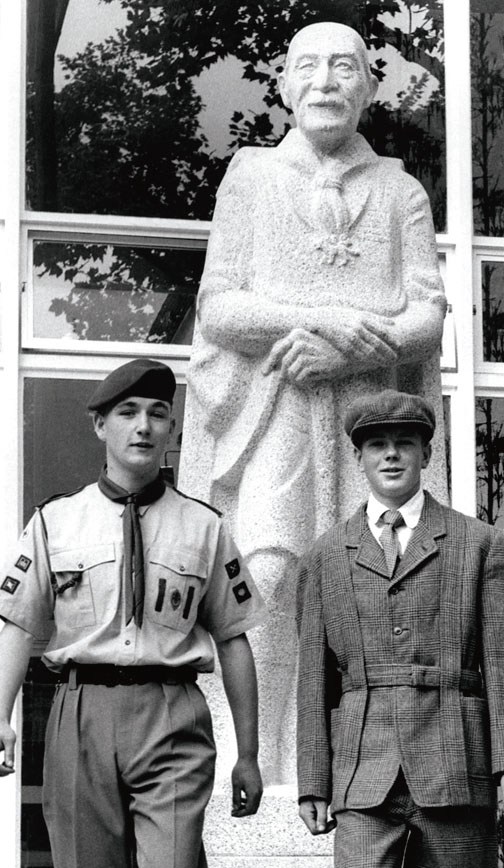
©TOPFOTO/TOPFOTO.CO.UK
He went on to write Scouting for Boys and to found the Scouting movement. Three years later, 10,000 Scouts from 21 nations met at London’s Crystal Palace for the first Scout rally. Baden-Powell and his sister Agnes organized the Girl Guides (Girl Scouts outside Britain) that same year.
With the death of the van Raaltes, Brownsea Island was sold to an eccentric widow, Mary Bonham-Christie, who quickly expelled all the islanders, abandoned the gardens and farms, and lived as a hermit in one of the estate cottages until her death at age 98 in 1961. The National Trust purchased it in 1962, opening it to the public and creating the present Scout camp at the site of the original encampment. Much of the restoration money came from the John Lewis Partnership, owners of the Waitrose supermarket chain; as part of the bargain, they get exclusive use of the beautifully restored Brownsea Castle, which they reserve for their employees.
Meanwhile, Brownsea Island is gearing up for the 100th anniversary of the birth of Scouting, with special events throughout 2007. On August 1, the World Organization of the Scout Movement will take over Brownsea Island to commemorate the Sunrise of Scouting—100 years to the minute after the Hero of Mafeking opened the first Scout camp with a blast from his kudu horn.
YOU WILL FIND the National Trust’s Brownsea Island Web site at www.nationaltrust.org.uk/brownsea/. It’s a bit sketchy; if you want information on the Centenary of Scouting, you’ll need to go to special sites set up by the World Organization of the Scout Movement, eng.scouting2007.org/ and eng.brownsea2007.org/.
A visit to Brownsea Island requires a ferry trip from either Sandbanks (a la Marconi) or from Poole’s beautiful and historic quay. The National Trust Web site has links to the various private ferry services. You will have to pay for a ferry ticket, plus an admissions ticket. The National Trust has a decent cafe on the island.
And finally, to find out more about the Marconi connection, go to the Marconi Company’s excellent Web site at www.marconicalling.com/introsting.htm, and type “Sandbanks” into the search box.





Comments